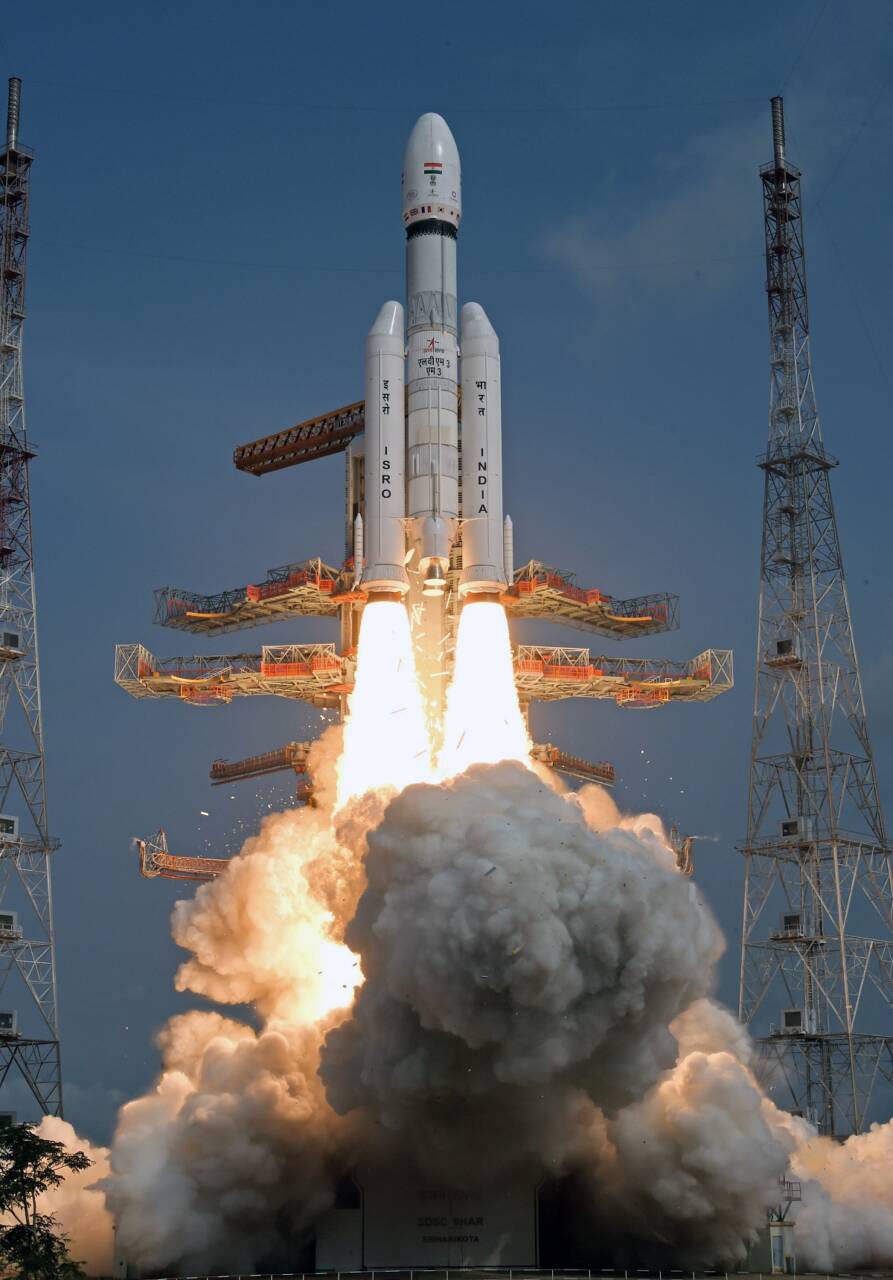
Representative Image
India made history on August 23, 2023, as it landed the Chandrayaan-3 mission on the South Pole of the Moon and deployed a rover named Pragyan, which will be active for a period of fourteen days, that is, two weeks. With the mission now complete, all the eyes are on the next phase, which is none other than Chandrayaan-4.
The Indian Space Research Organisation (ISRO) and the Japan Aerospace Exploration Agency (JAXA) have joined forces to launch the Lunar Polar Exploration Mission (LUPEX), which has been named by the space agency as the Chandrayaan-4 mission.
Recent years have seen hints of lunar water from observational data. The presence of water on the moon could have profound implications for the future of space exploration and potentially serve as a valuable resource for sustaining human presence on the Earth’s celestial neighbour. The LUPEX is poised to be a trailblazer in providing concrete answers to all these queries.
Aim of the Mission
The main aim of the Chandrayaan-4 Mission is to answer the most tantalizing questions in lunar exploration about finding whether there is water on the moon, the natural satellite of the Earth.
The primary objective of the Chandrayaan -4 Mission is to investigate the lunar polar regions for the presence and the potential useability of water. The mission will achieve these objectives through two fundamental avenues, which are determining the quantity and quality of water of the lunar water resources.
The India-Japan joint mission leverages the strength of both nations to answer one of the most important and intriguing questions in lunar science while simultaneously advancing the understanding of lunar explorations.
The Two Aspects
The Quantity Aspect seeks to establish an actual quantity of water in the anticipated areas based on the existing observational data. By acquiring in situ measurements and the ground truth data. The LUPEX will offer the critical baseline for calculating how much water must be transported from the Earth for future lunar missions and how much can be sourced locally. This data will revolutionize the economics and the sustainability of lunar exploration.
The Quality Aspect aims to comprehend the distribution, conditions, and form of lunar water resources through in-situ observations in the polar regions of the moon. Understanding these parameters is crucial for effectively harnessing the lunar water for support, propulsion, or as shielding material.
How to achieve these objectives?
To achieve these goals, the LUPEX will deploy a cutting-edge spacecraft equipped with thin-film solar cells and ultra-high-density energy batteries, which will ensure that there is an uninterrupted power supply even on lunar nights and in shadowed areas. This technological innovation is critical for the rover’s mobility and survival in the lunar environment.
LUPEX aspires to advance the technology required for surface exploration on low-gravity celestial bodies. This includes mobility solutions, perfecting lunar night survival mechanisms and development of excavation techniques for potential mining operations. These technological advancements will not only help in supporting future lunar activities but could have implications for future missions to Mars and beyond.
Leave a Comment